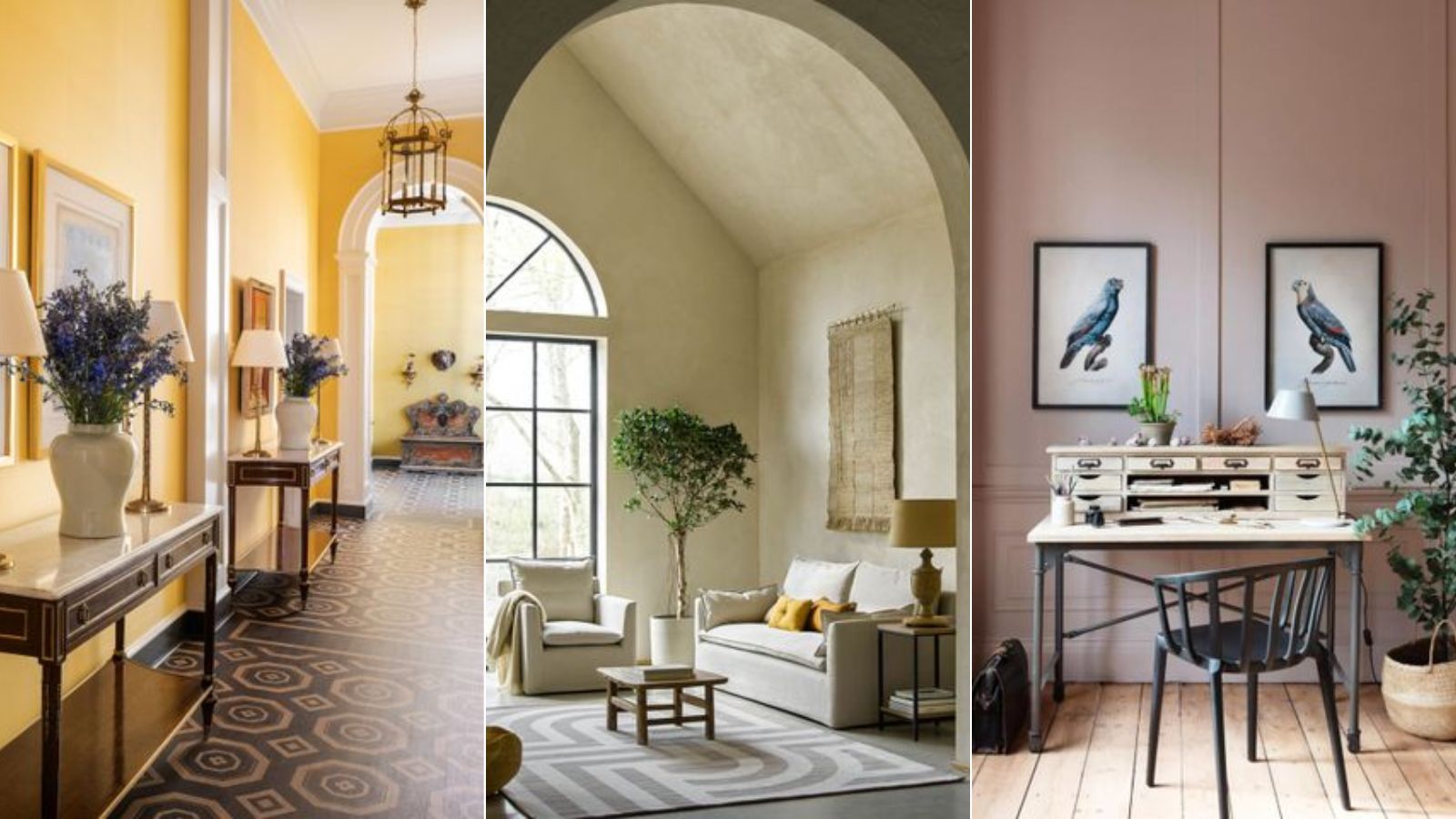
Vaastu Shastra is an ancient Indian architectural and design philosophy that emphasizes creating harmonious living spaces with a positive and balanced energy flow.
By adopting these furniture arrangement techniques – and avoiding furniture arranging mistakes – you can create spaces that complement not only your style but also resonate with positive energy, balance, and tranquility by enhancing the flow of cosmic energies within your home.
We asked experts how to apply this ancient Indian design philosophy to our homes. Here's what they said.
How to arrange furniture according to Vaastu Shastra
'Integrating Vaastu in interior design is more than adhering to traditional rules. It's about crafting spaces that are aesthetically pleasing, functional, and conducive to the well-being of its occupants,' explains Georgina Ross, interior designer and founder of Simply Tablecloths. 'Vaastu offers valuable guidelines for creating environments that are both beautiful and balanced.'
Similar to Feng Shui furniture placement, Vaastu Shastra emphasizes creating a positive and balanced energy flow within a space. These principles, associated with the significance of directions, elements, energy zones, and energy flow, can guide the optimal furniture arrangement in your home:
Directional significance
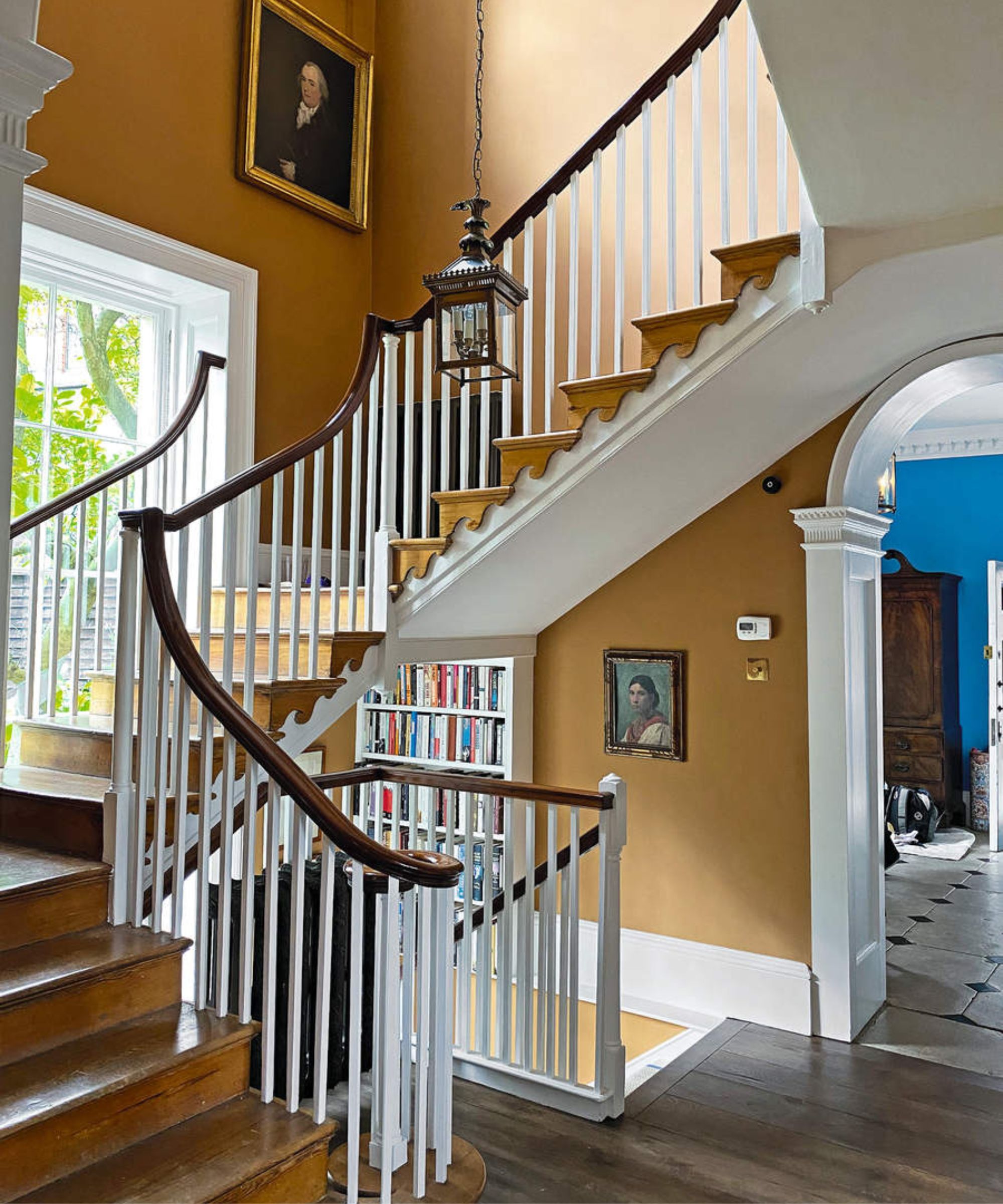
'In Vaastu Shastra, the orientation of furniture is intricately linked to the cardinal directions (north, south, east, west), each holding specific significance,' explains Georgina Ross. Aligning your furniture to correspond to these can harness their positive influences.
'For instance, the northeast is considered ideal for spaces of meditation or prayer, resonating with spiritual growth. The southwest represents stability, while the southeast signifies prosperity,' continues Georgina.
Your most important furniture pieces (bed, dining table, sofa) should be aligned in favorable directions. 'Position key pieces like sofas and beds along the south or west walls to foster stability and prosperity,' recommends Arpit Jain, interior designer at McLine Studios.
The Five elements
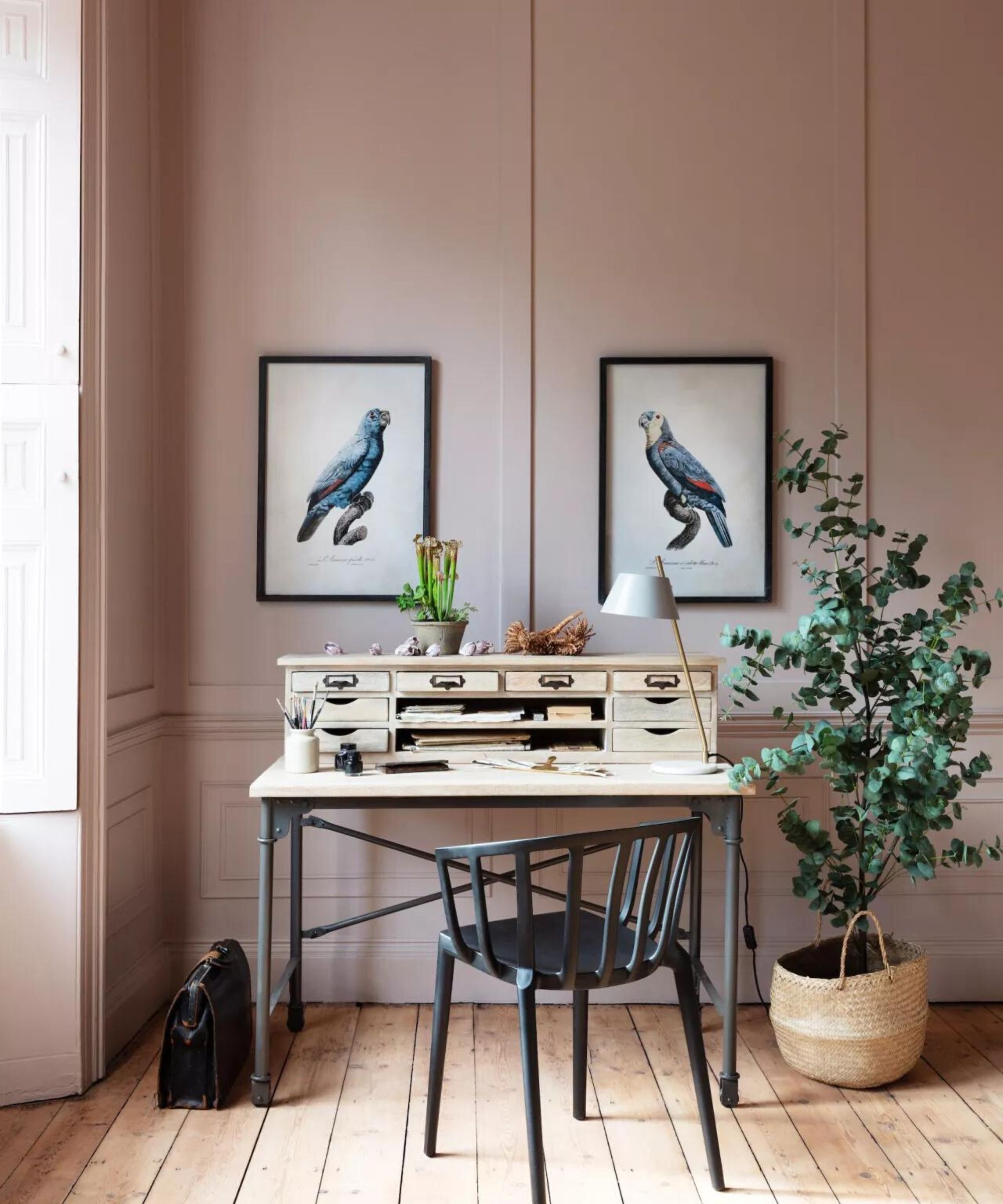
Vaastu recognizes Fire, Air, Earth, Water, and Space as the five fundamental elements. For harmony in the home, furniture selection and placement should have a balanced representation of these elements.
Fire (Agni): Place items representing the fire element (lighting, candles, warm-colored furnishings) in the southeast or south zones to enhance this element. This is the Agni corner. This is also considered the ideal location for the kitchen.
Air (Vaty): Allow for open spaces and good ventilation to promote good flow throughout the room.
Water (Jal): Position items symbolizing water (fountains, reflective items) in the north or northeast areas for a harmonious balance.
Earth (Prithvi): Place heavier furniture in the southwest or west zones to enhance stability.
Space (Akasha): Create open spaces and avoid overcrowding to allow energy to flow freely.
'Maintain a balance between the five elements of nature while arranging furniture,' advises Karina Newman, home expert and owner of iBuyers.
Energy zones and Vaastu Purusha Mandala
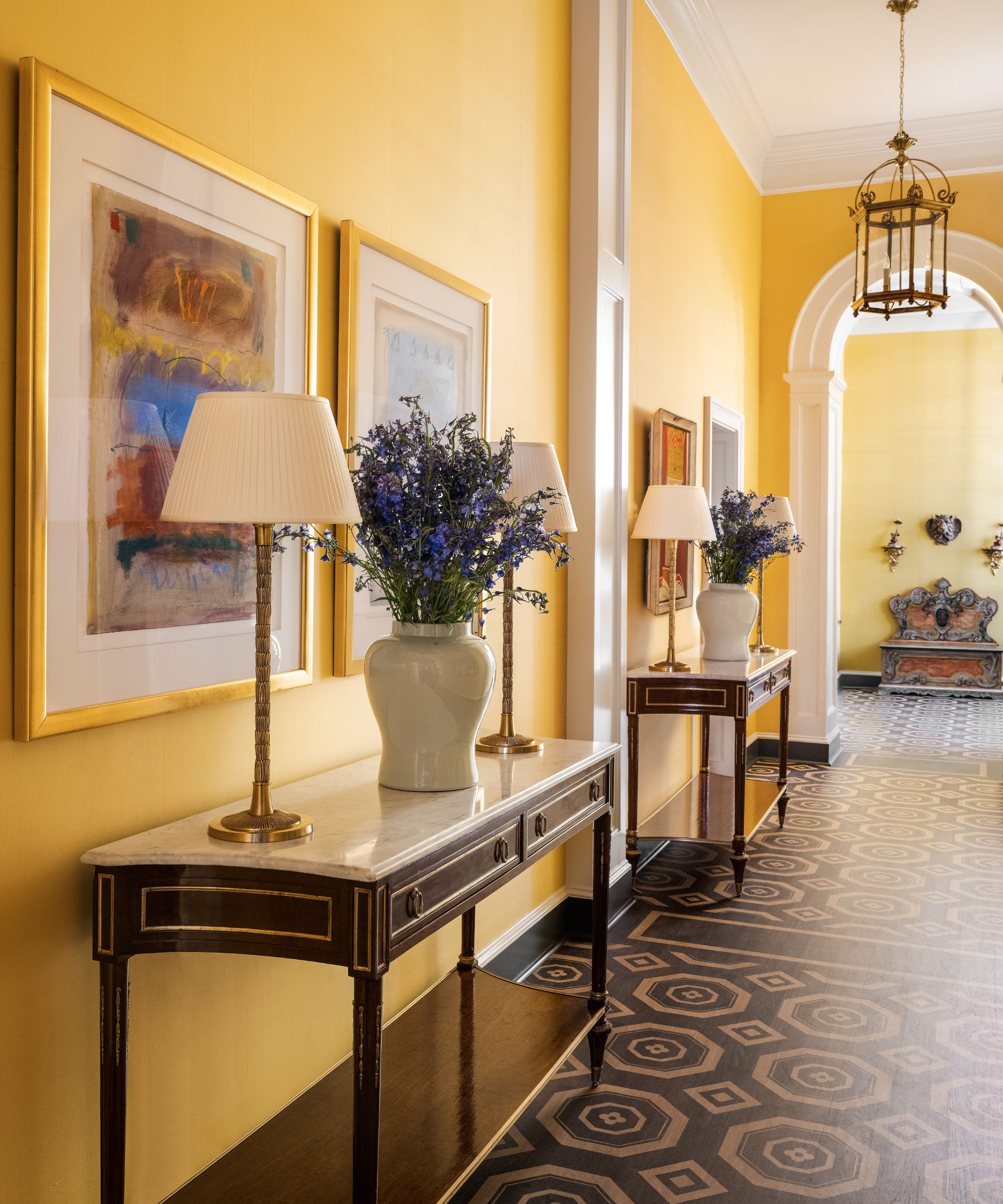
Vaastu Purusha Mandala is a cosmic diagram representing the different energies in a space. The varying zones correspond to different aspects of life, which will, in turn, influence furniture placement for optimal energy alignment.
'When it comes to placing furniture, one of the most important Vaastu guidelines is choosing supportive directions that anchor various activities,' says Keely Smith, lead interior designer at JD Elite Interiors.
Northwest: Connected to relationships and partnerships, the northwest is the perfect area for social interactions or dining, making it ideal for dining tables or sofas.
North: Signifies wealth and prosperity and should have related items, such as a desk.
Northeast: This zone is associated with spirituality and knowledge, making it the ideal zone for working or meditation.
East: This area is linked to health and vitality, making it the spot for a home gym or exercise equipment.
Southeast: This signifies motivation and is connected to the fire element. You can arrange furniture for work or exercise here.
South: This space represents success and recognition, ideal for a home office setup.
Southwest: This zone is lined with stability and family. You should arrange heavy furniture here to create a secure and cozy ambiance.
West: Associated with creativity and children, these zones should have furniture for creative pursuits or children's play.
The flow of energy
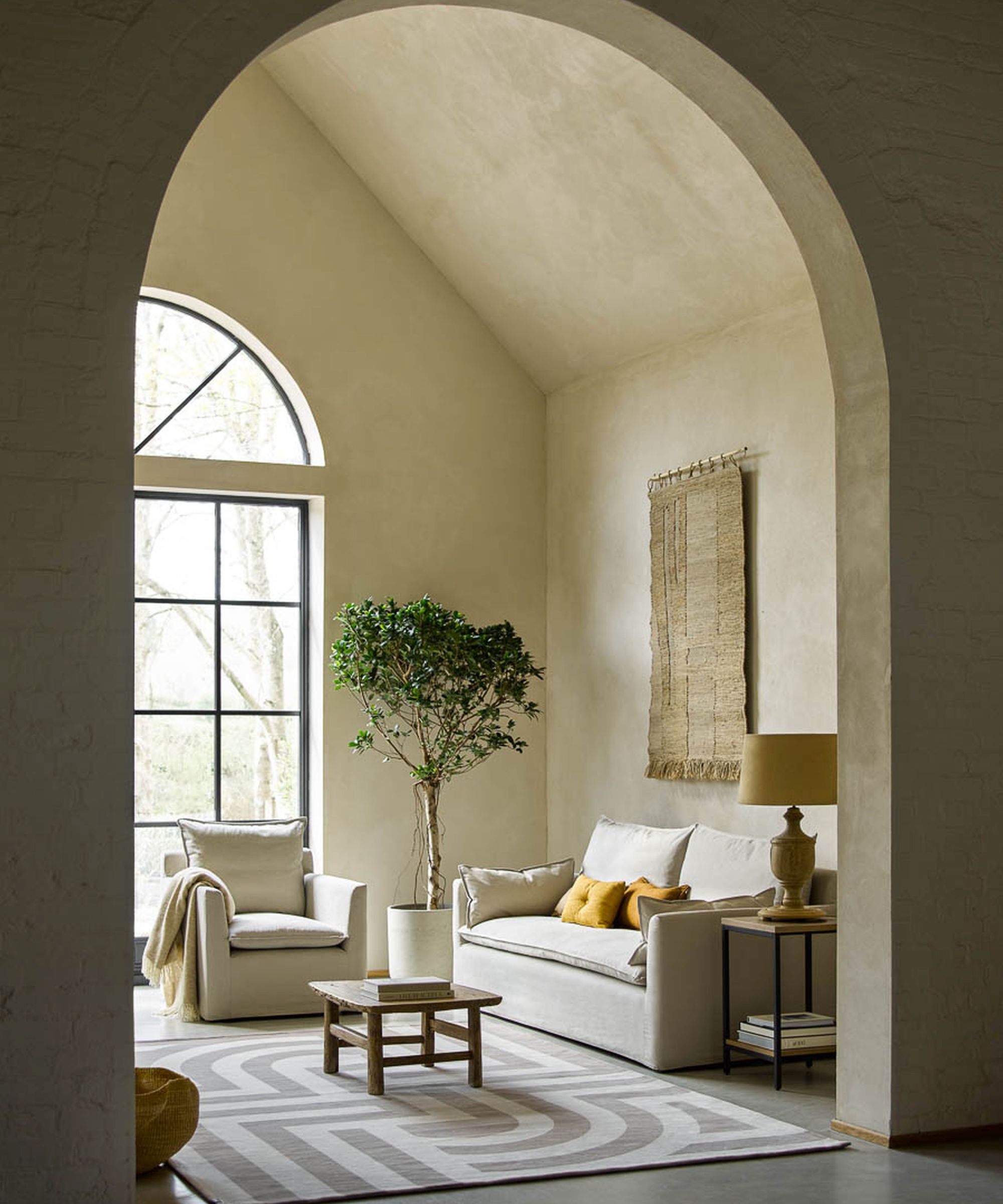
Strive to maintain a balanced distribution of furniture throughout your home.
'Keeping ample space between furniture ensures unrestricted movement and prevents clutter, enhancing the overall energy balance,' says Arpit Jain. 'Avoid placing unnecessary items or too much heavy furniture in the center of a room, as it can create obstacles for energy to flow freely.'
Regularly declutter and organize to ensure a healthy flow of energy.
Furniture Choices
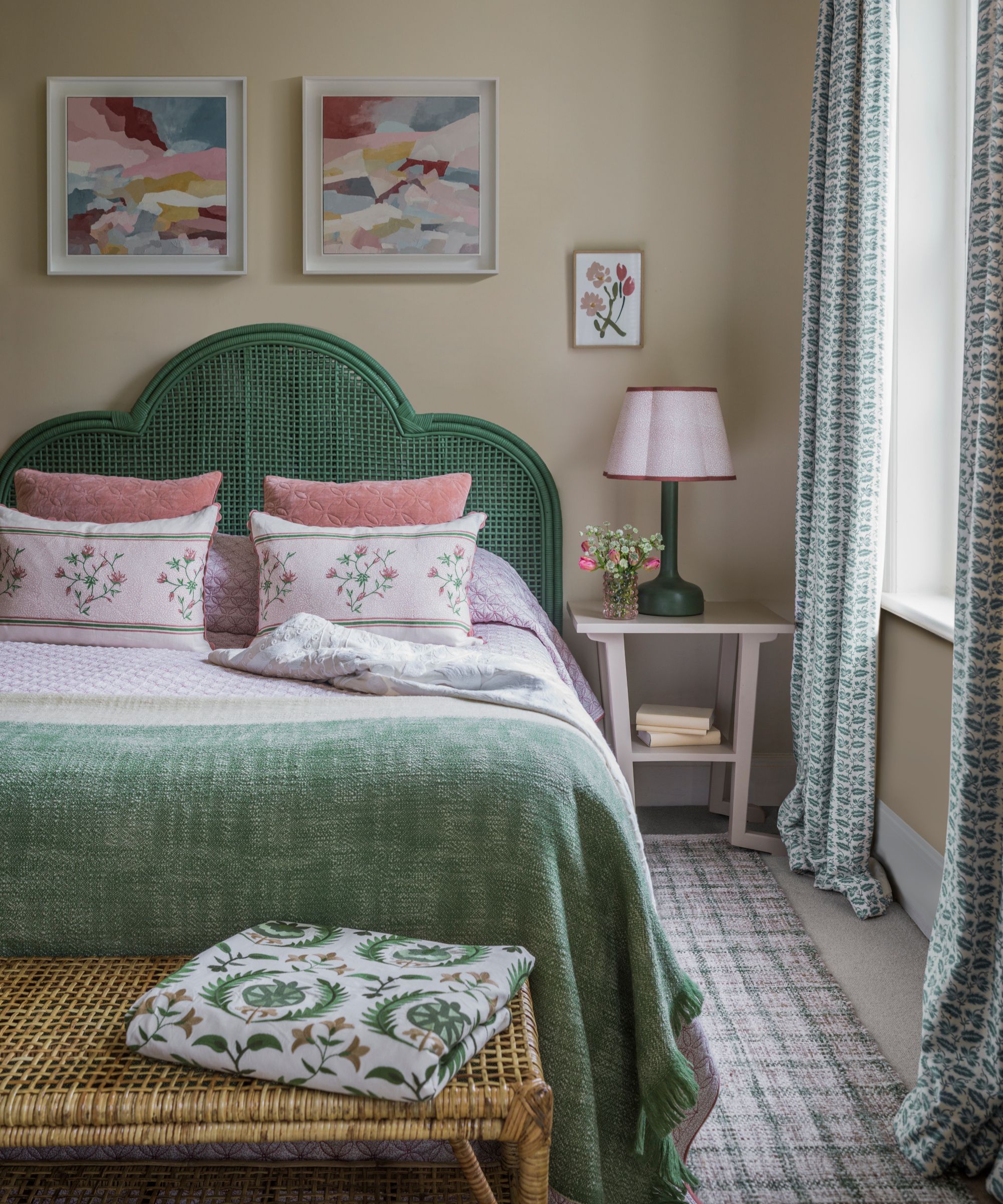
Using raw materials like wood, stone, and fabrics made from natural fibers in your furniture is highly beneficial, according to Vaastu Shastra. These materials are believed to have their energies and can help create a harmonious living space.
Furniture with clean, symmetrical lines allows energy to smoothly circulate. Irregular shapes should also be avoided to preserve tranquility.
Finally, the inclusion of natural elements like houseplants or water features can further enhance the space's energy, aligning with Vaastu's emphasis on harmony with nature.
FAQs
How does Vaastu Shastra influence architecture?
Architects often integrate Vaastu principles into their designs by using the philosophy to guide room layouts and create spaces with optimal energy flow:
Room placements: Vaastu prescribes specific functions for different zones within the home to enhance the overall energy and balance, so room positioning will coincide with these principles.
Entryway placements: The front door holds special significance in Vaastu as the primary source for energy flow, so architects may consider the cardinal direction of the entrance to ensure positive energy in a home.
Open spaces and ventilation: Vaastu promotes open spaces and adequate ventilation to allow the free flow of energy, so architects who incorporate Vaastu principles often design homes with ample open spaces, as well as windows and balconies.
Remember, when planning your furniture arrangement, consider not only the principles of Vaastu Shastra but also individual preferences and practical considerations.







